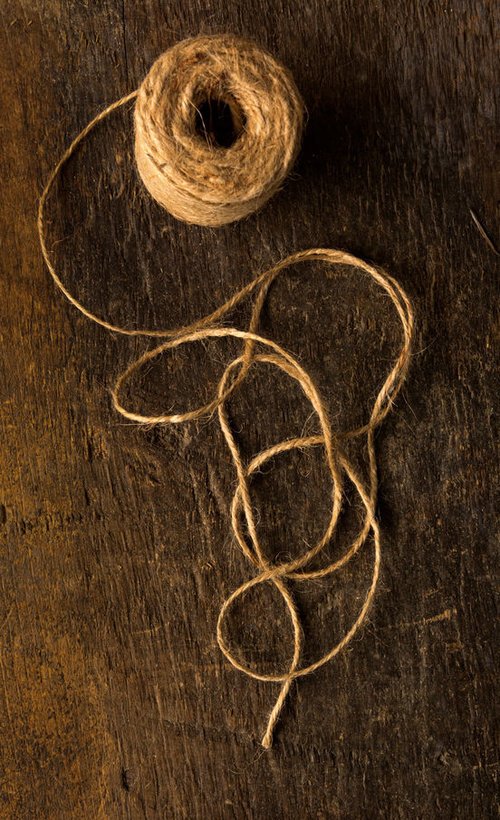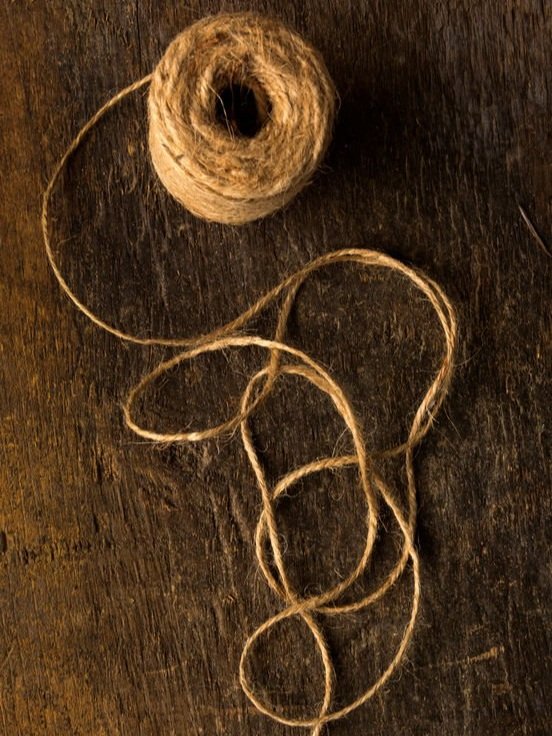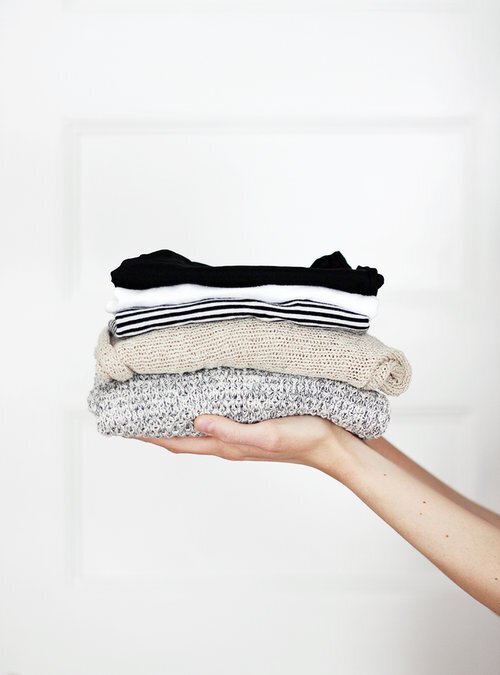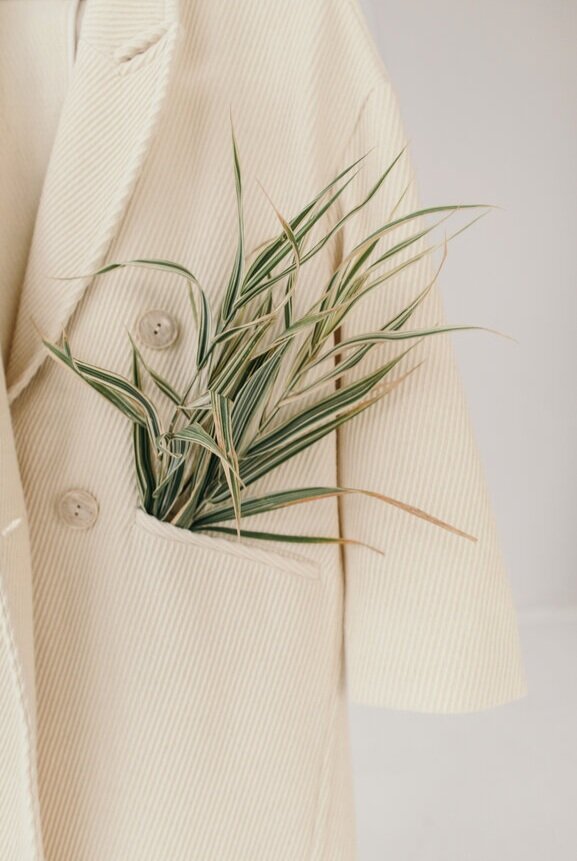
What Is Hemp—And Is It Sustainable?
The Power and Sustainability of Hemp
When you think of hemp, you may picture marijuana leaves or unfortunate-looking jewelry that made appearances in the ‘70s and then again in the ‘90s. There are many misconceptions about the crop and its associated products—mainly that hemp can get you high.
“Hemp is revered by farmers as about the easiest plant to grow, requiring soil and sun and little other care.”
But, while hemp is a specific form of the plant species Cannabis sativa L., and there are visual similarities between hemp and marijuana, the two are used for very different purposes. Most importantly, industrial hemp must contain less than one percent THC (marijuana has about 20 percent)—so there’s no getting high here.
Hemp has had its fair share of challenges and misconceptions, but the benefits seem to shine through all the smoke and mirrors (no pun intended). For starters, the crop is revered by farmers as “about the easiest plant to grow, requiring soil and sun and little other care.” It doesn’t require pesticides either because it’s naturally weed-like itself, although crop rotation is necessary to ward off mold and pests. Hemp also produces high yields because it is so fast-growing. It can be packed close together, taking up a considerably smaller amount of land than other crops.
“Hemp requires much less water than its previous competitor, cotton.”
“Hemp actually absorbs CO2 while it grows through natural photosynthesis, making it carbon-negative from the get-go,” reports Huffington Post. And it was even “used at Chernobyl to harmlessly extract toxins and pollutants from the soil and groundwater.”
Finally, hemp requires much less water than its previous competitor, cotton. While there are unfortunately cases where the unused harvest hemp is burned, the plant is otherwise part of a zero-waste process.
How Products Are Made breaks down a typical production cycle, describing how each part of the plant is used:
During fiber processing, the core fiber is saved and usually used to make paper, horse bedding, or construction materials. Most hemp producers recycle the core fiber by removing dust, then baling and packaging. The dust can be pressed into pellets used for fuel. The dirt and small chips of the core are also used as a high nutrient soil additive.
The Industrial Evolution Of Hemp
Today we consider the use of hemp very modern and possibly tied to recent legislation or changing of social norms; however, the plant has a much older origin story. The Thistle (an MIT-based newspaper) stated in 2000 that hemp “was probably the earliest plant cultivated for textile fiber.”
The use of this crop can be traced back as far as 8,000 BC, and China was arguably the first nation to take advantage of the crop’s many benefits, including paper-making and textile production. The country appears to have the longest continuous history of hemp cultivation, followed by France, Spain, Chile, and Russia.
“During the Middle Ages, hemp became a valuable crop used for paper, food, textiles, and more.”
During the Middle Ages, hemp became a valuable crop used for paper, food, textiles, and more. Three times stronger than cotton, and saltwater resistant, ships became dependent on the crop to create durable vessels for Vikings and the likes. Hemp began to spread around the world and was eventually grown in every US state. That is until it was overshadowed by cotton. Due to the invention of the mechanical cotton gin at the end of the 18th century, it was difficult for hemp to play the same game.
Why Did We Stop Using Hemp?
Before petroleum, hemp was the preferred biofuel alternative. But it was pushed out of the spotlight through 20th-century propaganda as companies with ties to new petroleum-based synthetic textiles, such as DuPont (an American conglomerate) and many other powerful groups, saw hemp as a threat to their businesses and began lobbying against it.
In 1937, the Cannabis sativa L. variation was on the verge of becoming an incredibly valuable crop but was swiftly cut down by the passing of prohibitive tax laws. The nail in the coffin came in September of that year when hemp production was banned in the United States completely.
Soon after, the Canadian government followed suit and barred production under the Opium and Narcotics Act on August 1, 1938. The Thistle has perfectly articulated the ironic and unfortunate nature of this 20th-century turn of events:
Hemp, which has historically had over 25,000 diverse uses ranging from paints, printing inks, varnishes, paper, Government documents, bank notes, food, textiles (the original ‘Levi’s’ jeans were made from Hemp cloth), canvas (artists canvases were used by the great masters) and building materials, still remains banned in this country whose Declaration of Independence was written on hemp paper.
Hemp had a last hurrah during World War II when “the USDA’s Hemp for Victory campaign successfully convinced growers to again embrace hemp.” The moment didn’t last long because when the war ended, so did the demand for the once-popular crop. The previous ban on cultivating the plant remained and kept Americans from producing hemp domestically. To add insult to injury, the year 1970 saw hemp classified as an illegal, Schedule 1, drug through the Controlled Substances Act. This new classification imposed strict regulations on the harvesting of industrial hemp.
A New Day For Hemp
For years, all hope seemed lost for the herbaceous plant, though the U.S. slowly began importing food-grade hemp seed and oil in 1998. A series of bills, acts, and court decisions were granted in the following years that started to shift the harsh reputation that the early 20th century had given hemp. This all changed on December 20, 2018, when the Hemp Farming Act was passed, making it possible for hemp to be grown and produced as a regular crop, instead of being classified as a drug.
“While it’s unclear what the future holds for hemp production in the US, studies show that is a very profitable crop and could create a whole new job industry.”
While it’s unclear what the future holds for hemp production in the US, studies show that it is a very profitable crop and could create a whole new job industry.
This fiber is niche now but could turn into a billion-dollar crop and durable fabric if we can push past its convoluted past. Many of the drawbacks of hemp clothing today are caused because of the necessary importing, like the cost of transportation, the price for consumers, and accessibility to these products.
Once turned into fiber, fabric, and eventually clothing, hemp does not irritate the skin, as it is hypoallergenic. The material, similar in feel to linen, becomes softer over time, and it’s durable enough to last seemingly forever.
Due to the small-scale production of hemp at the moment, it is often blended with cotton or synthetic fibers to create a “hemp viscose”—don’t be fooled; the real stuff does not need to be combined with anything to create an amazing product.
For now, we can enjoy the handful of small brands that are forging a new path for hemp fabric, including Back Beat Co., Olderbrother, Thought, and Patagonia.
Audrey Stanton was born and raised in the Bay Area and is currently based in Los Angeles. She works as a freelance writer and content creator with a focus in sustainable fashion. Audrey is deeply passionate about conscious living and hopes to continue to spread awareness of ethical consumption.




